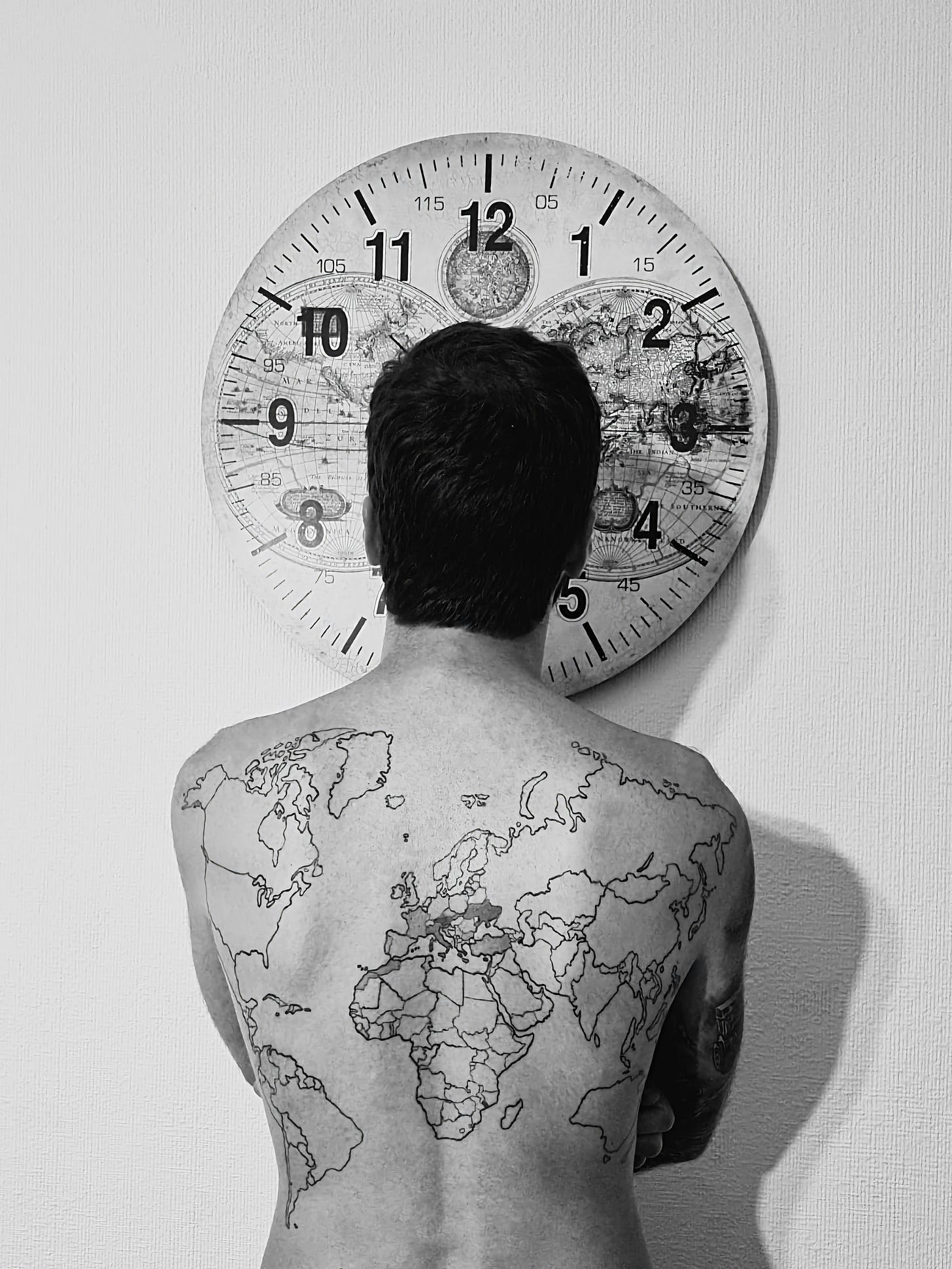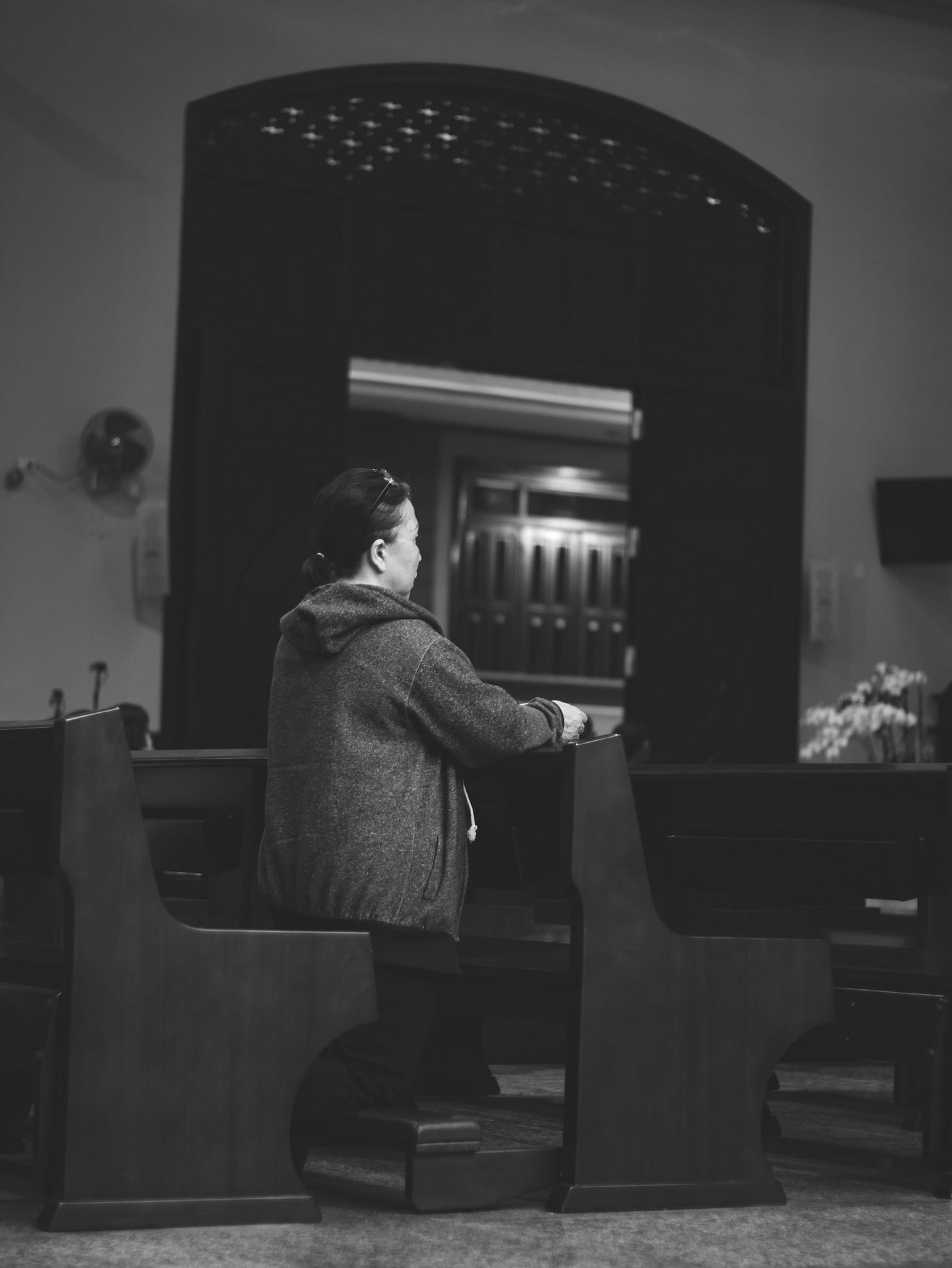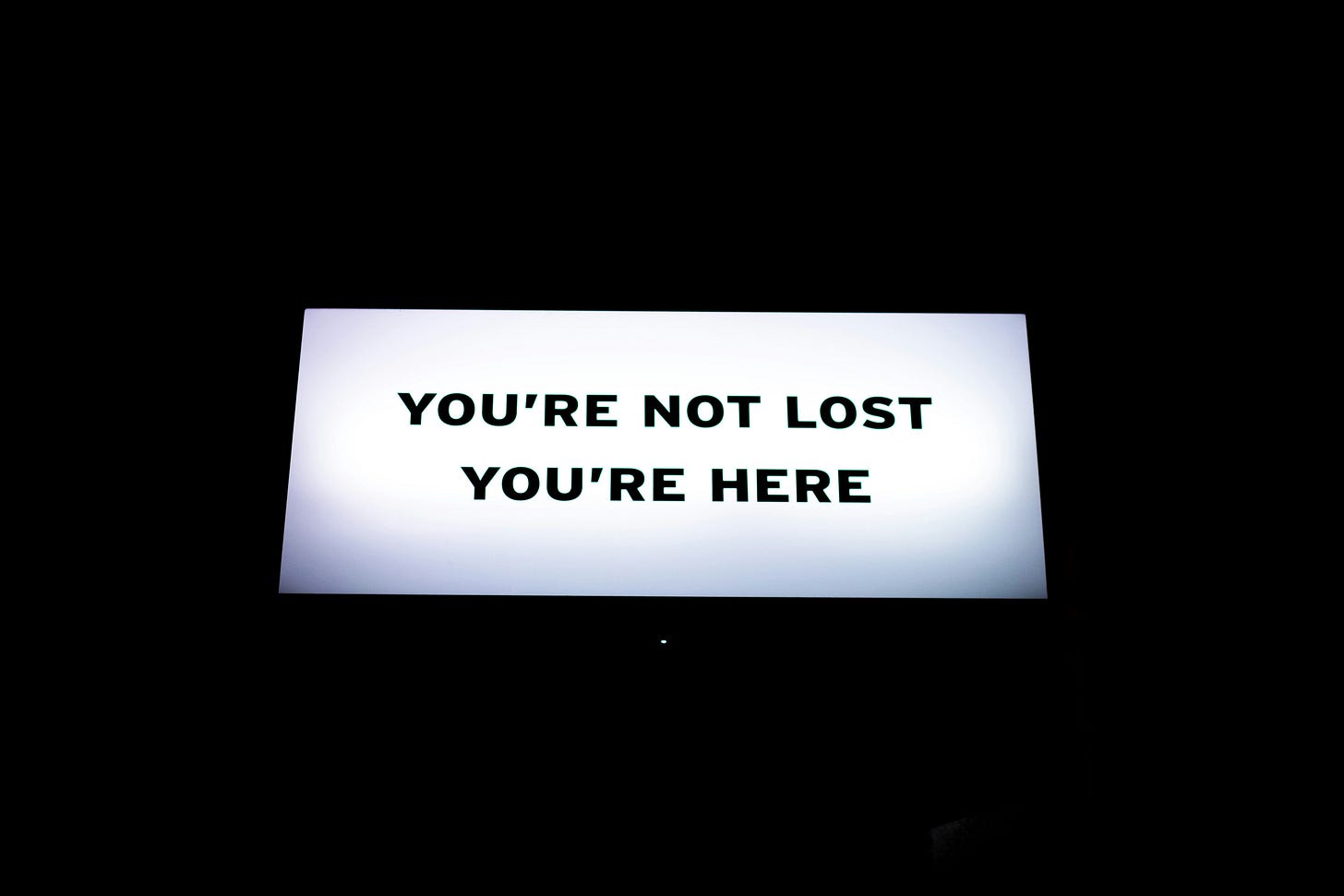Time is fluid—to me, at least. It’s slippery, speeding up or slowing down; a day passes in what feels like an hour, another day drags seconds into minutes into hours, elongating and lengthening in proportion to boredom or pain or fatigue.
I “lose track of time” often, although to “lose track” implies that at some point I found the track or was on the right track, and that implication gives me too much credit.
I also have no sense of direction. Even in familiar territory, I depend on the voice of my GPS. I can get from home to church. I can get from home to the mall. But I turn on the GPS to get from church to the mall.
When someone starts talking route numbers and the best way to get somewhere, I just nod. Asking them to repeat or clarify gets me nowhere (literally): I cannot picture the roads in my mind, and I have no idea which way is east or west unless a sign tells me.
Plus I’m uncoordinated, likely to trip over my own feet or hit my head on the car getting out—even my body doesn’t quite know where it is.

All of this leads to a kind of low-level befuddlement. A sense that I am not fully tethered to the material world, but just kind of floating along, thinking, thinking, thinking.
Perhaps that’s one of the reasons that I’m drawn to liturgical worship and prayer.
Liturgical worship involves the physical being as well as the spiritual and mental. The congregation rises to recite the Creed or sing a song, sits for the sermon, kneels for the prayers of the people. We walk to the front of the church for Communion, have wafers put into outstretched hands, eat and then drink the wine before returning to our seats. Many people in my church also hold our hands out, palms up, during the closing blessing, a practice brought to us from Ethiopia by one of our pastors.
These embodied rituals give me a sense of groundedness that is elusive in daily life. Praying in church involves not just thought and spirit, but body as well. I pull down the kneeler with my foot, then kneel, feeling the squish of the pad and the hard frame underneath. My elbows or forearms rest on the cool surface of the pew in front of me, hands sometimes clasped, sometimes not. I hear the petitions from the front and my voice and those around me responding.
Lord, in your mercy…
Hear our prayer
Kneeling reminds both my body and mind that “God is God, and I am not.” It feels solid, ancient, anchored in a particular time and space and posture.

Some people don’t like traditional liturgy because it is repetitive: week after week, the same songs and chants and responses. The hymns, Scripture readings, and sermons change, of course, but certain tunes have become a permanent part of my ongoing personal jukebox. At any moment, “This is the feast” or the Agnus Dei could drop into my inner ear and emerge as humming while I clean the kitchen.
This is the feast of victory for our God, alleluia, alleluia, alleluia!
Over the years, I’ve experimented with fixed-hour prayer, commonly called the Daily Office or the Liturgy of the Hours. Given my tenuous relationship with time, I don’t manage much more than the morning and sometimes the evening office. But when I pray this way, it anchors me not only to God, but to “the community of saints” throughout the world and throughout time—those who are praying or have prayed the same prayers. When I’m alone enough to say or murmur the prayers, my mind focuses on the words, on the feel of the prayer book in my hands, on the unseen Listener. Praying aloud makes it more real, more immediate, less likely to be subsumed into the noisiness and distraction of my brain.
This Methodist-turned-Lutheran has even taken up the practice of “crossing myself,” something that felt strange when I first tried it, but now is natural—a wordless response to holy words.
I’m most centered and grounded while saying the Gloria Patri, with my hands moving in the sign of the cross.
Glory be to God the Father, God the Son, and God the Holy Spirit, as it was in the beginning, is now, and will be forever. Amen.
In that moment, I can feel my feet, solid on the ground, standing here and now. I sense the long stretch of time, reaching backwards and forwards, where the I AM is present. The God Who was, and is, and is to come. I know where and when I am, and I know Whose I am.
Even these many words don’t describe it well. It all sounds too mystical, too “woo-woo,” for something that is solid, real, tangible as my feet on the ground. Something that feels like the only Realness there is.





Oh, the liturgy! Every Lord's day, my little Reformed Baptist church gives the Call to Worship, the singing of praises, the Reading of the Law, the Confession of our Sins, the Assurance of our Faith, the Creeds, the Confession & the Catechism, the Prayer, the Ministry of the Word and the Proclamation of the Gospel, Communion, Gloria Patri, and the Benediction.
I, too, came from churches that were anti-liturgical (in which liturgy is just an order of worship). I am thriving in my liturgical church, and I can never, ever go back.
What a precious gift.
Thanks to be to our God!